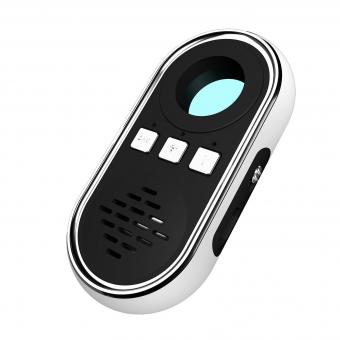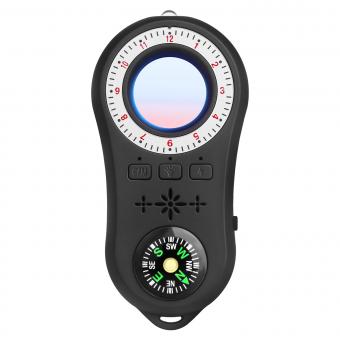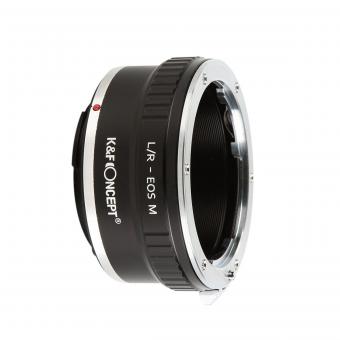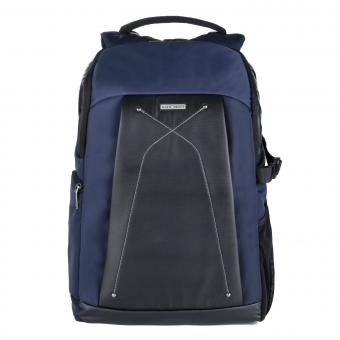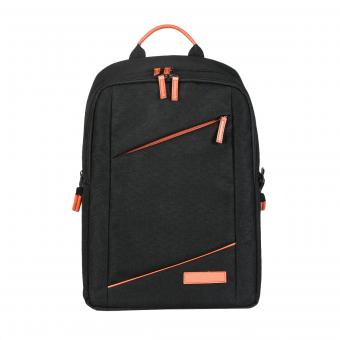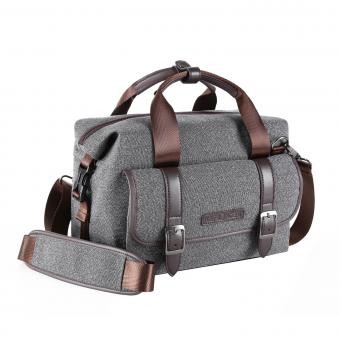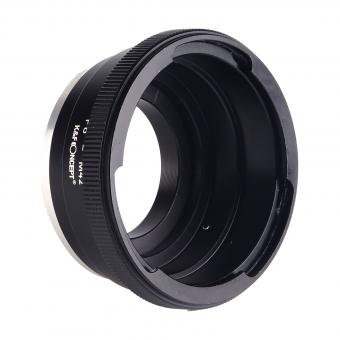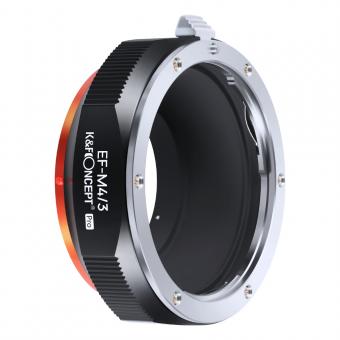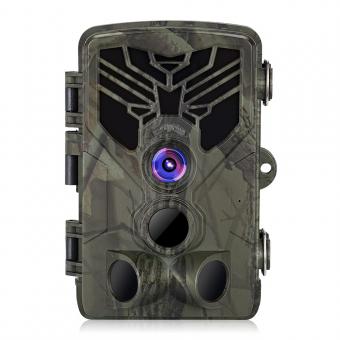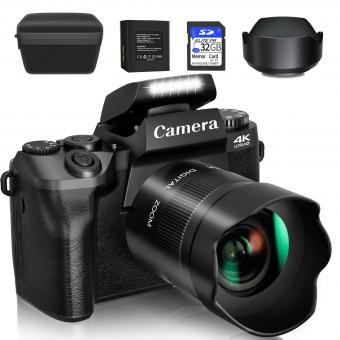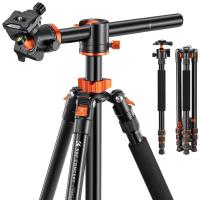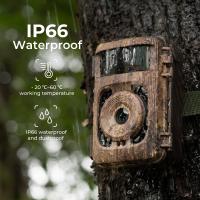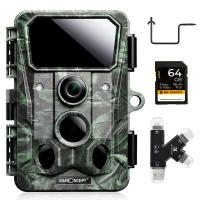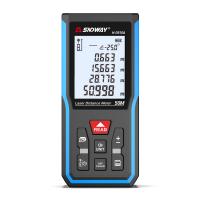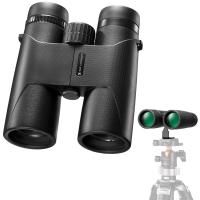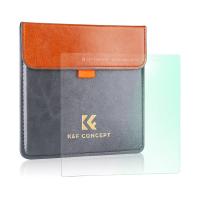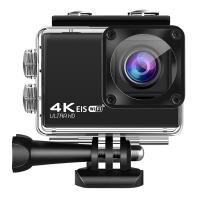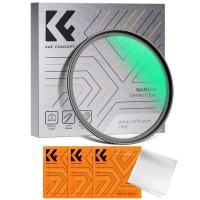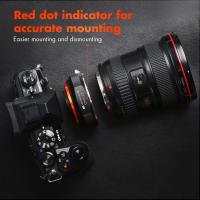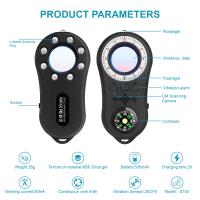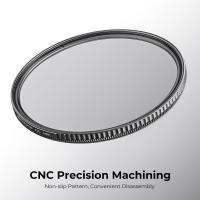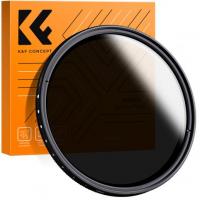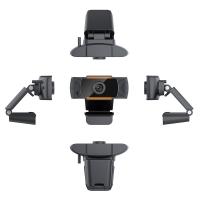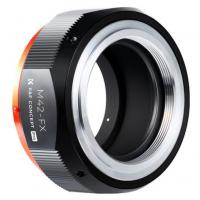How To Find Best Camera?
In today's digital age, capturing moments has become an integral part of our lives. Whether you're a professional photographer, a hobbyist, or someone who simply loves to document life's moments, finding the best camera to suit your needs can be a daunting task. With a plethora of options available in the market, each boasting a myriad of features, making an informed decision requires careful consideration of various factors. This article aims to guide you through the process of finding the best camera by addressing key aspects such as camera types, essential features, budget considerations, and specific use cases.

Understanding Camera Types
The first step in finding the best camera is understanding the different types available. Cameras can be broadly categorized into several types, each catering to different needs and preferences.
1. DSLR (Digital Single-Lens Reflex) Cameras: Known for their versatility and image quality, DSLRs are a popular choice among professionals and enthusiasts. They offer interchangeable lenses, optical viewfinders, and robust manual controls. DSLRs are ideal for various photography styles, including portrait, landscape, and action photography.
2. Mirrorless Cameras: These cameras have gained popularity due to their compact size and advanced features. Unlike DSLRs, mirrorless cameras do not have an optical viewfinder, which makes them lighter and more portable. They offer interchangeable lenses and electronic viewfinders, making them suitable for both beginners and professionals.
3. Point-and-Shoot Cameras: Also known as compact cameras, these are designed for simplicity and ease of use. They are perfect for casual photographers who want a straightforward, no-fuss camera. While they may lack the advanced features of DSLRs and mirrorless cameras, modern point-and-shoots can still deliver impressive image quality.
4. Action Cameras: Built for adventure and extreme conditions, action cameras are compact, rugged, and often waterproof. They are ideal for capturing high-energy activities such as sports, hiking, and underwater photography. GoPro is a well-known brand in this category.
5. Smartphone Cameras: With advancements in technology, smartphone cameras have become incredibly powerful. They are convenient for everyday photography and offer features like multiple lenses, AI enhancements, and high-resolution sensors. For many, a high-end smartphone camera can suffice for most photography needs.
Key Features to Consider
Once you have a clear understanding of the different camera types, the next step is to consider the essential features that will impact your photography experience.
1. Sensor Size: The sensor size plays a crucial role in determining image quality. Larger sensors capture more light, resulting in better low-light performance and greater detail. Full-frame sensors are the largest and offer the best image quality, followed by APS-C and Micro Four Thirds sensors.
2. Megapixels: While more megapixels can mean higher resolution images, it is not the sole determinant of image quality. A camera with 20-24 megapixels is sufficient for most photography needs. Higher megapixel counts are beneficial for large prints and cropping.
3. Lens Options: The availability of interchangeable lenses can significantly enhance your photography capabilities. Consider the lens ecosystem of the camera brand you choose. Some brands offer a wider range of lenses, including prime, zoom, and specialty lenses.
4. Autofocus System: A fast and accurate autofocus system is essential, especially for action and wildlife photography. Look for cameras with advanced autofocus features such as phase detection, eye-tracking, and multiple focus points.
5. Image Stabilization: This feature helps reduce camera shake, resulting in sharper images, especially in low-light conditions or when using telephoto lenses. In-body image stabilization (IBIS) is a valuable feature to look for.
6. Video Capabilities: If you plan to shoot videos, consider the camera's video resolution, frame rates, and additional features like 4K recording, slow motion, and external microphone support.
7. Build Quality and Ergonomics: A camera's build quality and ergonomics can impact your shooting experience. Look for a camera that feels comfortable in your hands, has a durable build, and is weather-sealed if you plan to shoot in challenging conditions.
8. Battery Life: Battery life is an important consideration, especially for long shoots or travel photography. DSLRs typically offer longer battery life compared to mirrorless cameras.
Budget Considerations
Your budget will play a significant role in determining the best camera for you. Cameras can range from a few hundred to several thousand dollars. Here are some tips to help you make the most of your budget:
1. Entry-Level Cameras: If you're a beginner or on a tight budget, entry-level DSLRs or mirrorless cameras are a great starting point. They offer a good balance of features and image quality without breaking the bank.
2. Mid-Range Cameras: For enthusiasts looking to upgrade, mid-range cameras provide advanced features and better performance. These cameras often have larger sensors, improved autofocus systems, and more robust build quality.
3. Professional Cameras: Professional photographers may require high-end cameras with top-of-the-line features, such as full-frame sensors, extensive lens options, and advanced video capabilities. These cameras come with a premium price tag but deliver exceptional performance.
4. Used or Refurbished Cameras: Consider purchasing used or refurbished cameras to save money. Many reputable retailers offer certified pre-owned cameras that are thoroughly tested and come with warranties.
Specific Use Cases
Different photography genres have unique requirements. Here are some recommendations based on specific use cases:
1. Portrait Photography: For portrait photography, look for a camera with a large sensor, high-resolution, and excellent autofocus capabilities. Full-frame DSLRs or mirrorless cameras with prime lenses (e.g., 50mm or 85mm) are ideal.
2. Landscape Photography: Landscape photographers benefit from cameras with high dynamic range, wide-angle lenses, and weather-sealed bodies. Full-frame or APS-C cameras with wide-angle zoom lenses (e.g., 16-35mm) are recommended.
3. Action and Sports Photography: Fast autofocus, high burst rates, and telephoto lenses are essential for capturing action shots. DSLRs or mirrorless cameras with advanced autofocus systems and telephoto zoom lenses (e.g., 70-200mm) are suitable.
4. Travel Photography: For travel photography, portability and versatility are key. Mirrorless cameras with a range of compact lenses or high-end point-and-shoot cameras are great options.
5. Vlogging and Content Creation: If you plan to create video content, look for cameras with excellent video capabilities, flip-out screens, and external microphone support. Mirrorless cameras with 4K recording and good autofocus are ideal.
Finding the best camera involves a careful evaluation of your needs, preferences, and budget. By understanding the different camera types, essential features, and specific use cases, you can make an informed decision that will enhance your photography experience. Whether you're capturing stunning landscapes, documenting family moments, or creating professional content, the right camera can make all the difference. Take your time to research, compare options, and consider seeking advice from photography communities or professionals. With the right camera in hand, you'll be well-equipped to capture the world through your lens.

